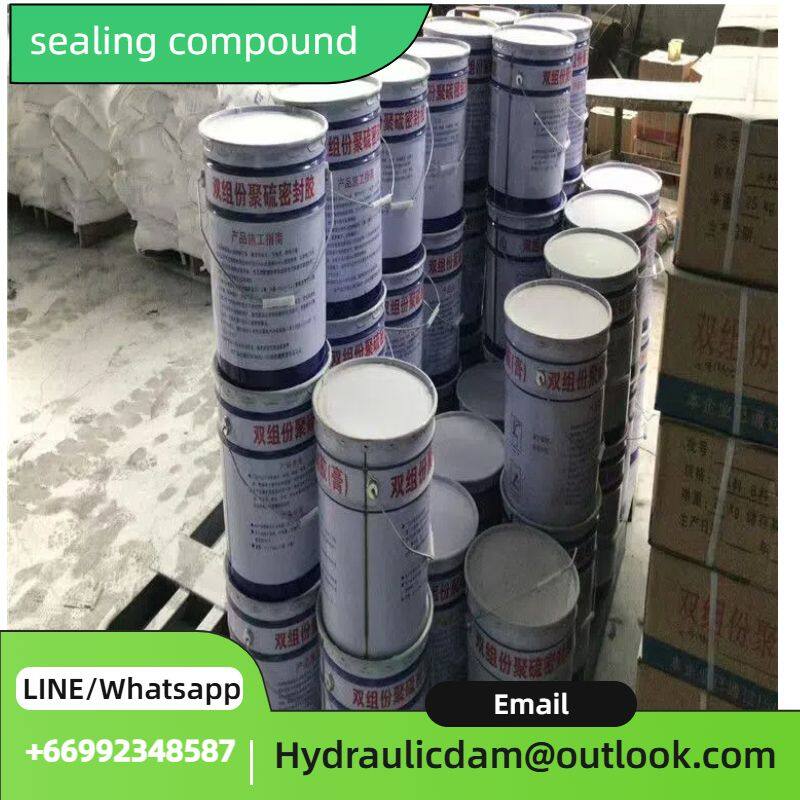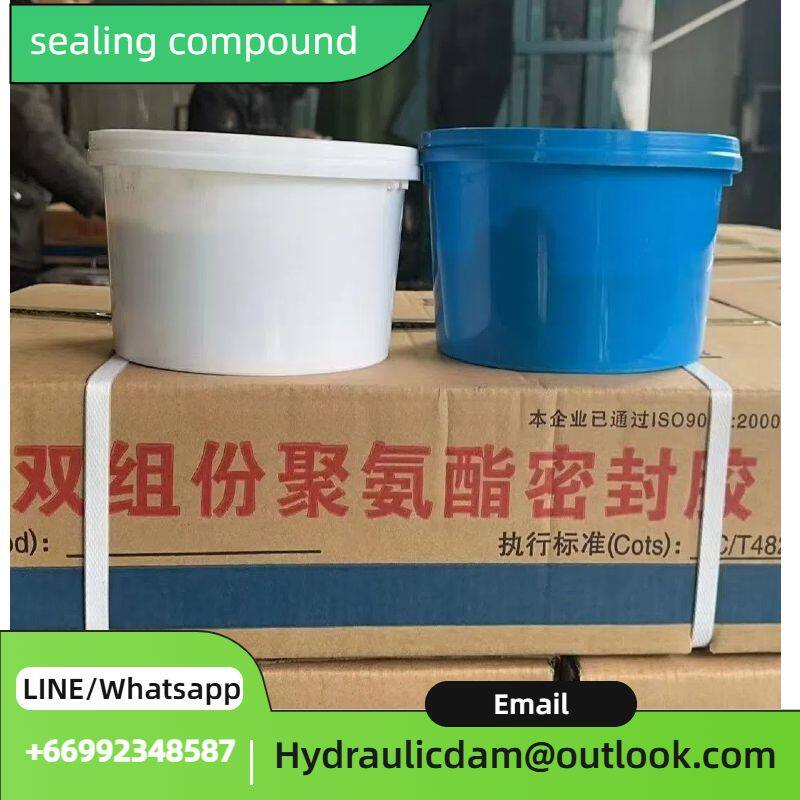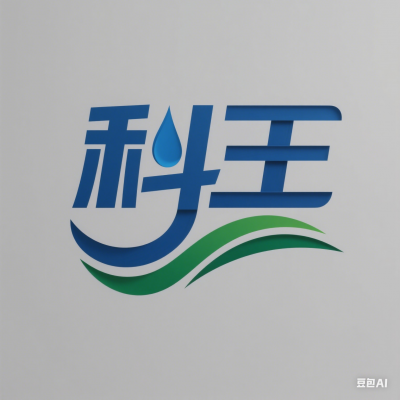When it comes to finding a reliable and versatile sealing solution, silicone sealant stands out as a top performer in various industries. From construction to automotive, and even household applications, its unique properties make it a go-to choice for professionals and DIY enthusiasts alike. In this blog, we'll delve into the world of silicone sealant, exploring its key features, applications, and why it's a preferred option in many scenarios.
Understanding Silicone Sealant
Silicone sealant is a type of elastomeric sealant made from silicone polymers. It comes in a one-part or two-part formulation, with one-part being the more commonly used due to its ease of application. The one-part version cures when exposed to moisture in the air, forming a flexible and durable rubber-like material. This curing process allows it to adapt to different environmental conditions, making it suitable for both indoor and outdoor use.
Key Properties That Make It Stand Out
1. Exceptional Temperature Resistance
One of the most notable properties of silicone sealant is its ability to withstand extreme temperatures. It can remain stable and functional in a wide range, from as low as -60°C (-76°F) to as high as 200°C (392°F) or even higher for specialized formulations. This makes it ideal for applications where temperature fluctuations are significant, such as around ovens, boilers, and automotive engines. For example, in the kitchen, it can be used to seal the edges of a stove or oven, where high heat is generated, without losing its sealing effectiveness.
2. Superior Weatherability
Silicone sealant is highly resistant to the effects of weathering. It can endure prolonged exposure to ultraviolet (UV) radiation, rain, snow, and humidity without deteriorating. Unlike some other sealants that may crack, shrink, or become brittle over time when exposed to the elements, silicone sealant maintains its flexibility and integrity. This makes it perfect for outdoor applications like sealing windows, doors, and roof joints, ensuring long-term protection against water infiltration and air leakage.
3. Excellent Water and Moisture Resistance
Thanks to its low water absorption rate, silicone sealant provides an effective barrier against water and moisture. It is commonly used in wet areas such as bathrooms, kitchens, and swimming pools. Whether it's sealing around a bathtub, a sink, or a shower enclosure, it prevents water from seeping into gaps and causing damage to underlying structures, such as rotting wood or mold growth. Its waterproof properties also make it suitable for marine applications, where it can seal boat hatches and windows to keep water out.
4. Strong Adhesion to Various Substrates
Silicone sealant adheres well to a wide variety of materials, including glass, metal, ceramic, plastic, and many types of building materials. This strong adhesion ensures a secure and long-lasting seal. It can bond to both porous and non-porous surfaces, making it versatile in different projects. For instance, in construction, it can be used to seal the gap between a glass window and a metal frame, creating a tight seal that withstands wind and water pressure.
5. Flexibility and Movement Accommodation
Another key advantage of silicone sealant is its flexibility. It can expand and contract with the materials it's sealing, accommodating thermal expansion and contraction, vibrations, and minor movements. This is crucial in applications where the substrates may move, such as in building joints, automotive components, and machinery. The sealant won't crack or lose its seal even when subjected to these movements, ensuring continuous protection.
Wide - Ranging Applications
1. Construction Industry
Bathrooms and Wet Areas: As mentioned earlier, it's a staple in bathrooms for sealing around showers, bathtubs, sinks, and toilets, keeping these areas dry and free from water damage.
Roofing: It seals roof penetrations, such as vents and chimneys, and roof joints, preventing water from entering the building through these vulnerable points.
2. Automotive Industry
Engine Components: Silicone sealant is used in automotive engines to seal gaskets and flanges, preventing oil, coolant, and other fluids from leaking. Its high temperature resistance makes it suitable for this application, as engine compartments can get very hot.
Exterior Sealing: It seals gaps in the automotive exterior, such as between body panels, to reduce wind noise and prevent water from entering the cabin. It also helps in maintaining the vehicle's structural integrity.


Tags: chemical resistance of sealants, anaerobic sealant, silicone sealant
 Liu
Hi there! Welcome to my shop. Let me know if you have any questions.
Liu
Hi there! Welcome to my shop. Let me know if you have any questions.




